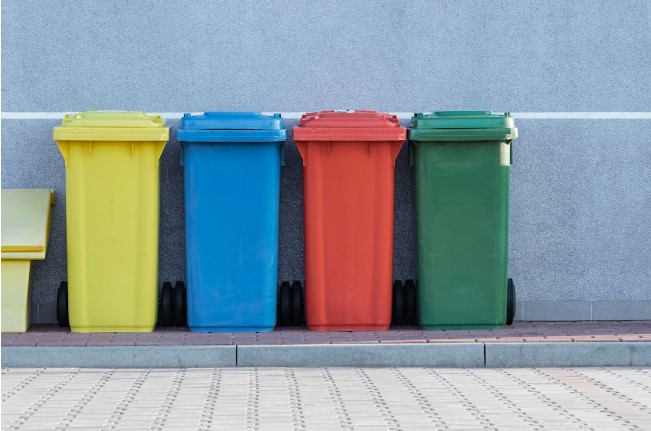Recycling at home is more than an eco-conscious decision; it’s an essential step toward sustainability. With landfills reaching their capacity and the oceans brimming with waste, recycling centers like Traverse City Recycling Center provides a way to mitigate these issues. You can find out more here as well. But to engage in recycling effectively, one must understand the fundamentals. What can be tossed into the blue bin, and what can’t? Keep reading to become well-versed in the do’s and don’ts of recycling, transforming your waste management habits for the better.
Understanding the Basics of Recycling: What Can and Cannot Be Recycled
Grasping the gist of what is recyclable forms the foundation of effective waste management at home. Most paper, cardboard, glass, metals, and certain plastics typically make the recyclable list. However, not all materials are created equal. For instance, glossy or food-soiled paper may be non-recyclable, and the same applies to plastic bags or any composite packaging.
It’s crucial to know the local recycling rules, as they can vary significantly from one municipality to another. A quick visit to your city’s waste management website or a reputable resource like the Traverse City Recycling Center can provide a wealth of information. Their guidelines help ensure that recyclables are not contaminated, ensuring they can be processed effectively.
Look out for recycling symbols and numbers on product packaging; these provide a quick reference on whether an item is recyclable in your area. The chasing arrows logo doesn’t always mean the item is recyclable; the number inside the symbol is the key determinant as it identifies the type of plastic used.
Effective Segregation of Waste: How To Sort Your Garbage for Recycling
Once you understand what can be processed, segregating waste becomes the next crucial step. Sorting waste effectively maximizes the potential for it to be recycled. Begin by setting up distinct bins for glass, plastics, paper, and metal in a convenient home location to make the process as seamless as possible.
Keeping waste streams separate is also critical. Commingled items can contaminate the entire batch, making it unusable for recycling. Rinse out containers like jars, bottles, and cans. Food remnants can spoil and potentially ruin large quantities of recyclable materials, sending them to a landfill instead.
It’s important to flatten cardboard boxes and compress plastic bottles if possible. This practice saves space in your recycling bin and increases efficiency during transportation and processing. Equally, remember that not all glass is recyclable; items like light bulbs, mirrors, and ceramics should be treated differently.
Composting Organic Waste: Turning Kitchen Scraps into Garden Gold

Composting is an invaluable practice for turning kitchen scraps and yard waste into nutrient-rich soil for your garden. Organic materials like fruit peels, eggshells, and coffee grounds can effortlessly be repurposed into compost, reducing the amount of waste sent to landfills.
Setting up a compost bin at home can be simple. It requires just a small outdoor space or even a specialized indoor composter for those without gardens. The key is to balance ‘greens’, which are nitrogen-rich materials, with ‘browns’, which are carbon-rich. This balance promotes the decomposition process to create compost.
The benefits of composting extend beyond waste reduction; it also enhances soil quality, conserves water by helping the ground retain moisture, and can reduce the need for chemical fertilizers. By composting at home, you contribute to creating a healthier environment in your backyard.
Overall, incorporating these practices into your routine can foster a more sustainable lifestyle and contribute to a healthier planet. By understanding recycling, segregating waste, reducing plastic use, composting, and adopting responsible shopping habits, each household can make a difference.
